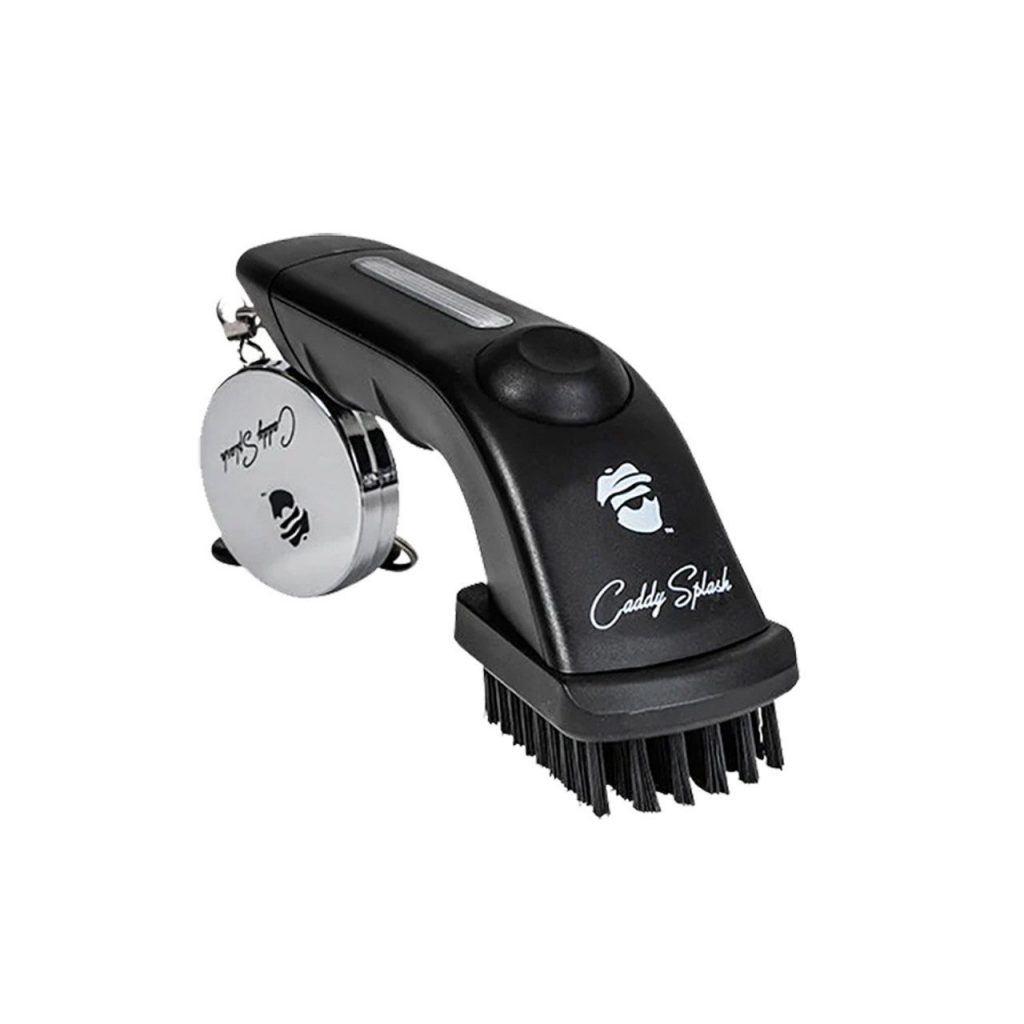Can’t Spin It? Check Your Club Grooves
Last summer, I nuked a wedge shot from 120 yards that should’ve been tight. Instead, it landed like a meteor and rolled straight off the back of the green. I didn’t chunk it. I didn’t skull it… just… missed the spin. My buddy looked at my club, squinted, and said, “Dude, your club grooves are a disaster.” Sure enough, they were packed solid with dried mud from two holes ago. Lesson learned.
Clean grooves matter a lot more than most golfers think. And the best part? You don’t need fancy tools or a trip to the pro shop to get them in shape.

Why Club Grooves Actually Matter
Think of grooves like tire treads. When it’s wet, bald tires slide all over the place. Same thing happens when your grooves are filled with grass or dirt. They can’t grab the ball properly, and you lose the friction that creates spin. Instead of checking up on the green, your shot runs out like it’s late for a dinner reservation.
This is especially true with wedges and short irons. You need those grooves to bite. Otherwise, you’re just playing a guessing game.
Related Reads:
- How to Use a Golf Divot Tool (Without Looking Like a Rookie)
- Preparing Your Golf Equipment For Next Season: A Checklist
- Golf Wedges: Should You Replace Yours?
What You’ll Need (Spoiler: You Already Have It)
Grab that crusty toothbrush you were about to toss. That’s now your groove cleaner. Throw in some dish soap, a cup of warm water, and a wooden tee or toothpick. Done. You don’t need a “golf groove maintenance system,” just a few basic tools and five spare minutes.
If you want to go the extra mile, groove-safe cleaning spray is fine, but honestly, soap and a brush do the job just fine for most players.
How to Actually Clean Them
Start by dunking the clubhead in warm, soapy water. Let it sit for a couple minutes, long enough to grab a beer or answer that one group text. Then grab your brush and scrub along the grooves (with the lines, not across them). You’ll be surprised at what comes out.
Still see junk stuck in there? Take a wooden tee and gently run it through the groove to dislodge anything stubborn. I once pulled out a chunk of dried grass that looked like it came from the rough at St. Andrews.
When you’re done, rinse it off and wipe it dry with a towel. That’s it. Nothing fancy, just effective.
Read More:
- Golf Wedges: Essentials And Innovation
- Golf Wedges: Things You Should Know
- Golf Clubs for Beginners: Your Ultimate Guide to Improving Every Swing
How Often Should You Do This?
Here’s my rule: if you can see gunk in the grooves, you’ve already waited too long. I’ll give my wedge a quick wipe after any shot that digs into the turf, and I’ll do a proper cleaning once a week, usually after the last round of the weekend.
It takes a few minutes and can be the difference between sticking one close or watching it run 20 feet past the flag.
Don’t Be That Guy
You’ve probably seen groove sharpeners online. Ignore them. They’re not legal for tournament play, and they’re completely unnecessary for everyday golfers. Clean grooves work great, so you don’t need to turn your sand wedge into a cheese grater.
Bottom Line
Next time your ball won’t check up the way it should, flip the club over and take a look. If the grooves look smooth and clogged, that’s the problem, not your technique. Ten minutes with a toothbrush today can save you a dozen frustrating shots tomorrow.
Spin starts with clean grooves. And now you know how to keep yours ready for action.
Writer/Editor: Danny Kapp is a passionate golf enthusiast and a 9-year veteran golf blog writer for Rock Bottom Golf, offering his unique perspective on the game. With a keen eye for detail, he covers various aspects of golf, ranging from technical insights to the latest trends in golf equipment and golf technology.








